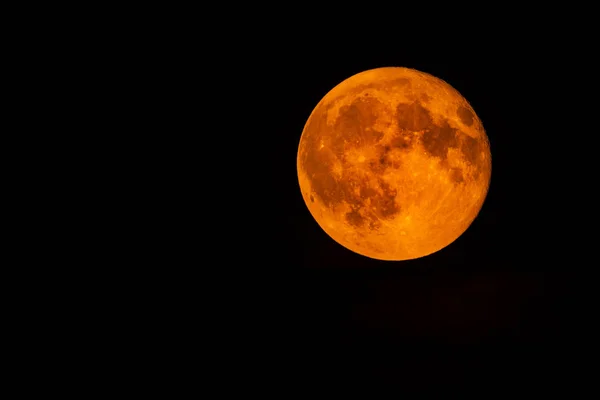
Most likely, the November 2025 night sky will be one of the most breathtaking the year will have to offer. But the Full Beaver Moon won’t just be the largest and brightest supermoon of the year it will also set up a rare star occultation and brilliant planets and constellations in alignment. From cultural traditions woven into its name to ideal astrophotography opportunities, this lunar event holds something for any skywatcher.
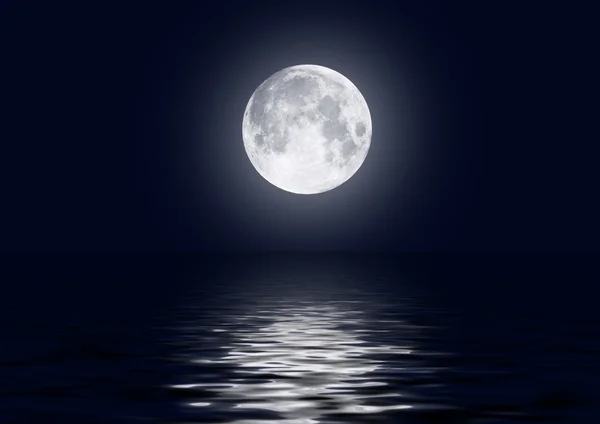
1. The Biggest and Brightest Moon of the Year
The Beaver Moon will reach its full illumination on November 5 at 8:19 a.m. Eastern Time (1319 GMT). This is not going to be an ordinary full moon but a super full moon when the Moon is close to perigee, the nearest point of its elliptical orbit. The Moon will appear up to 11 percent larger and brighter than an average full moon about 221,700 miles (356,800 km) away. The exact moment of fullness might fall at an inopportune time for observers in cities like Los Angeles, New Delhi, Tokyo, and Sydney, but will still look striking from anywhere in the world.

2. Timing Perfect for Moonrise Magic
The rising and setting times make for spectacular viewing At New York City, for instance, it rises at 4:35 p.m. on November 5, just minutes before sunset, providing a short but beautiful time when both Sun and Moon are above the horizon. In Honolulu, full phase occurs well before sunrise, while in Sydney it takes place just after midnight on November 6. All of these timing differences make planning important if you want to catch the Moon low on the horizon, where its warm orange hue is enhanced by atmospheric scattering.
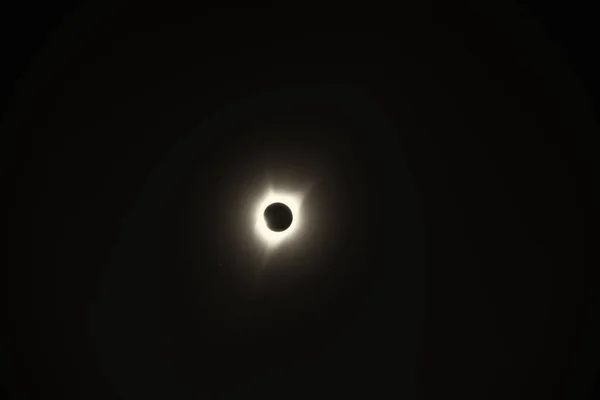
3. Rare Occultation of Beta Tauri
On November 7–8, two days past full, the just-past-full Moon occults Beta Tauri (Elnath), the bright star marking the tip of the horn of Taurus the Bull, for observers in South America and Africa. The star disappears behind the Moon’s limb and reappears minutes later. In Formosa, Argentina, disappearance occurs at 11:03 p.m. local time and reappearance at 11:34 p.m. From Dakar, Senegal, the star will disappear at 3:06 a.m. and reappear at 4:29 a.m., with the Moon nearly overhead.

4. Cultural Names and Traditions
The name Beaver Moon derives from Native American, Colonial American, and European folklore. To the Cree, it is Kaskatinowipisim, the “Freeze Up Moon,” when the lakes and rivers start to freeze up regularly at night. To the Cherokee, it was the “Trading Moon,” while to the KhoiKhoi people of South Africa, it was known as the “Milk Moon.” In India, it coincides with celebrations of the birth of Guru Nanak. These names represent seasonal changes, animal behaviors, and agricultural cycles tied to the lunar calendar.

5. Planetary Companions in the November Sky
Northern Hemisphere observers will find Saturn is the first bright planet to appear in the post-sunset sky, glowing yellow-white low in the southeast. Jupiter rises later in the evening, coming up near the twin stars Castor and Pollux. Venus makes a short, low appearance above the pre-dawn horizon. In Sydney, Saturn reaches 52° high by nightfall. Jupiter rises after midnight, and its stars appear upside down for Southern Hemisphere observers.
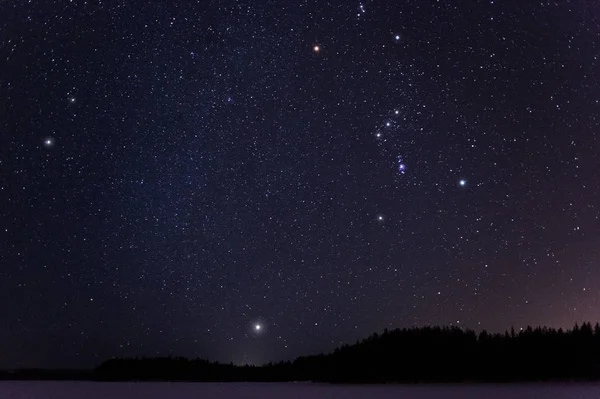
6. Constellations Framing the Moon
Around full moon, the winter constellations are beginning to dominate the Northern Hemisphere evening sky. Capella in Auriga stands northeast of the Moon, Aldebaran blazes below it, and Orion’s Belt rises east-southeast. The sky’s brightest star, Sirius, pops into view after 10:36 p.m. local time. It’s joined by Procyon, the little dog star in Canis Minor. In the Southern Hemisphere, Canopus and Achernar blaze in the southwest. Phoenix’s Alpha Phoenicis shines high overhead.
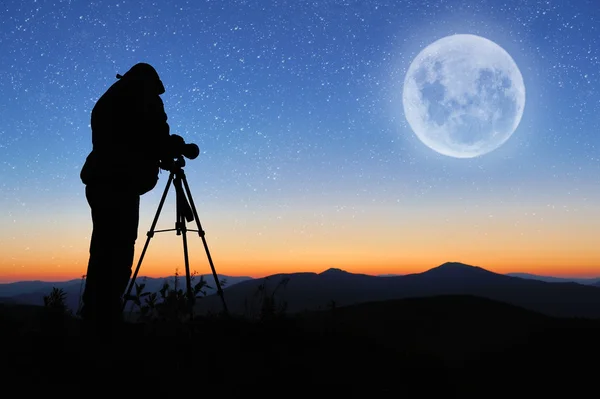
7. Astrophotography Tips for Supermoon
Supermoon photography is a balancing act between lunar detail and surrounding landscape exposure. A DSLR or mirrorless camera with a telephoto lens attached-a 70–300mm lens-on a very sturdy tripod will work well. For crisp shots of the moon, an ISO of 100–200, aperture f/8–f/11, and a shutter speed between 1/125–1/250 seconds should be a good starting point. Wide-angle compositions can be fantastic at moonrise, especially when framed against landmarks. Planning apps like PhotoPills or The Photographer’s Ephemeris allow the user to link up the Moon’s path with your chosen scene.

8. Meteor Showers and Bonus Events
The Southern Taurids meteor shower peaks near November 5, coinciding with the supermoon. The bright Moon will wash out the more faint meteors, but the Taurids are known for slow, bright fireballs that should be visible. The Northern Taurids follow a week later, and the Leonids peak mid-month under a darker sky. For the dedicated observer, this month offers a mix of lunar and planetary phenomena that is unparalleled.
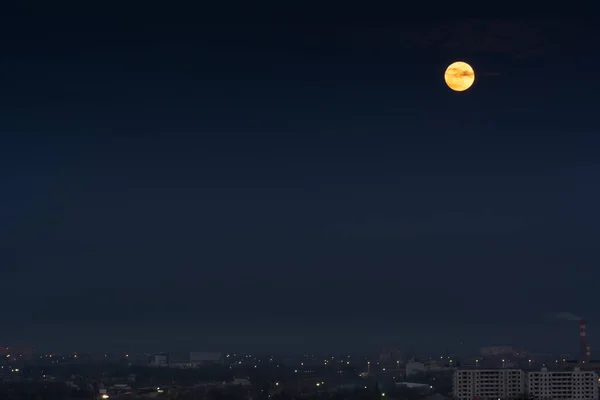
From its cultural heritage to its astronomical rarity, November’s Beaver Moon is more than just a bright night light it’s a convergence of science, tradition, and beauty. Whether viewed with the naked eye, through binoculars, or captured in a carefully planned photograph, this supermoon promises to be one of 2025’s most memorable skywatching experiences.


